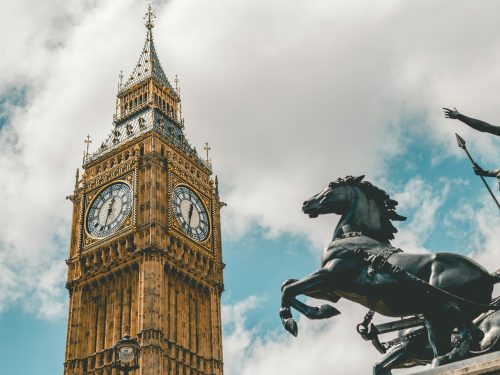 Visiting London’s Landmarks: Tips for an Unforgettable Journey
Visiting London’s Landmarks: Tips for an Unforgettable Journey
The pressure to plan an unforgettable trip to London can be overwhelming, especially if it’s your first visit. From Buckingham Palace to St.…
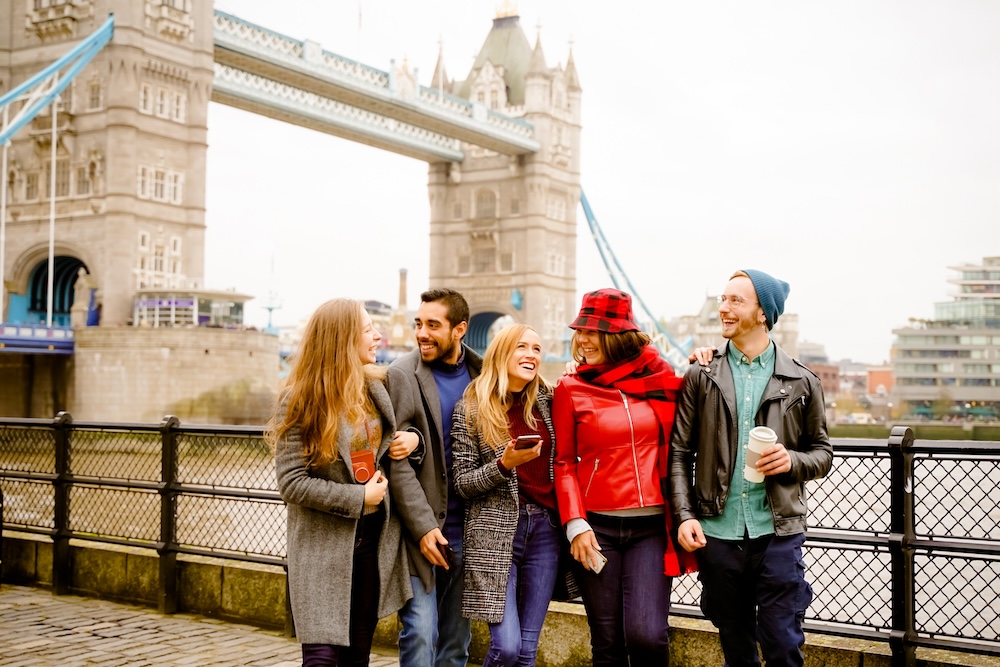
The best time to visit London really is anytime, but maybe some times are a bit better than others, depending on what you’re looking for. Perhaps you want to avoid the hordes of people visiting during the high season or see its popular landmarks all decorated for the holidays.
That’s where this seasonal guide to England’s capital comes in. Discover the best and worst times to visit London, including an overview of London tours, bargains, and events you won’t want to miss each month.
Ready to plan your London vacation? Then pick your favorite season, pack your bags, and keep calm and carry on.
The best time to visit London is up to you and the type of experience you want to have. Want to spend more time outdoors in the good weather of the summer months? Dreaming of the pretty lights you’ll see at the Christmas markets during the holidays? Looking to avoid the crowds and increased prices of London’s high season?
Here’s our breakdown of the city from October to July and all the months in between, so you can find your own ideal time to visit London.
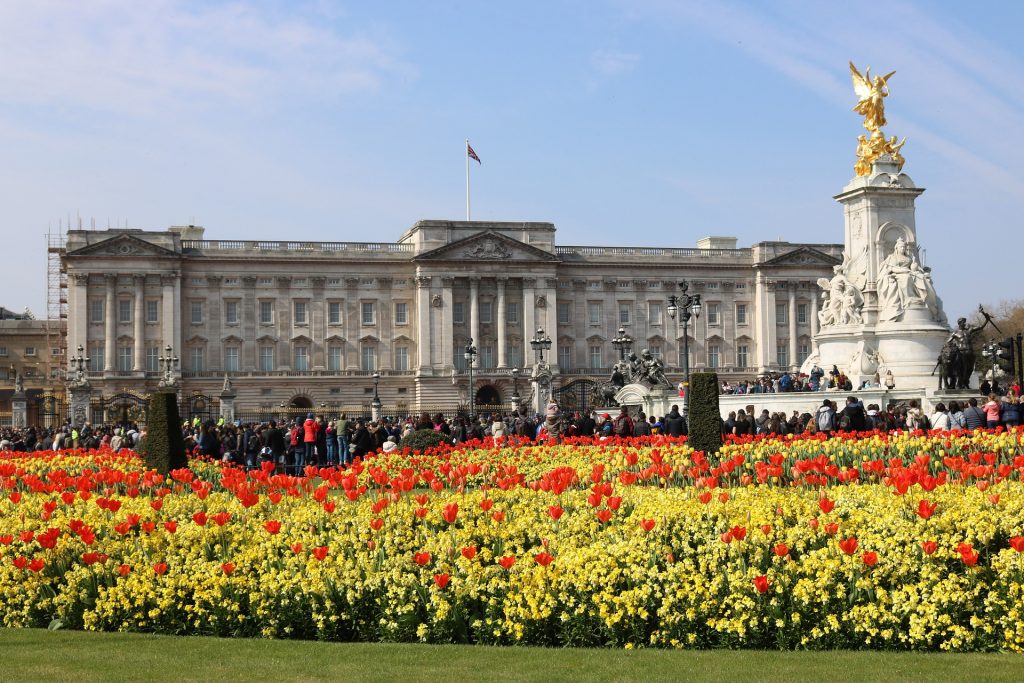
Average temperature: 50-64 degrees
Crowd size: Spring is one of London’s shoulder seasons, making it the best time to visit London to avoid crowds. Tourists usually plan their vacations in the summer, so visiting in the spring will give you a chance to experience the local scene.
Best tour for the season: Our London in a day tour takes you through the city in a luxury coach, so you can dodge the rain showers that are still common in spring. It also includes a River Thames cruise, giving you the best photo ops of the city by land and by sea.
Travel tip: Take advantage of using the Tube (what Londoners call the subway or underground) to get around, which will be less crowded during the off season.
March to May are the best months to visit London if you want to see the city in full bloom. The parks are green and colorful, and Londoners are out enjoying the mild weather and spring festivals. If you happen to be visiting during Easter weekend, for example, you’ll find plenty of indoor and outdoor activities to make the most of the holiday.

One of the highlights of the season is the RHS Chelsea Flower Show, which takes place every May on the grounds of the Royal Hospital Chelsea. A fashionable event in one of London’s “poshest” neighborhoods, the flower show is an amazing display of horticultural artworks from world-renowned garden designers and florists. The event attracts more than 150,000 visitors each year — even members of the royal family have been known to pop in.
If you prefer sports to flowers and plan to visit in April, the London Marathon is an exciting event that’s route cuts through the city’s best landmarks, including Buckingham Palace, Tower Bridge, and Canary Wharf. Not only is it one of the world’s most popular marathons, but everyone in London seems to get caught up in the spirit of the event. Who knows: You might sign up to run the next marathon yourself.
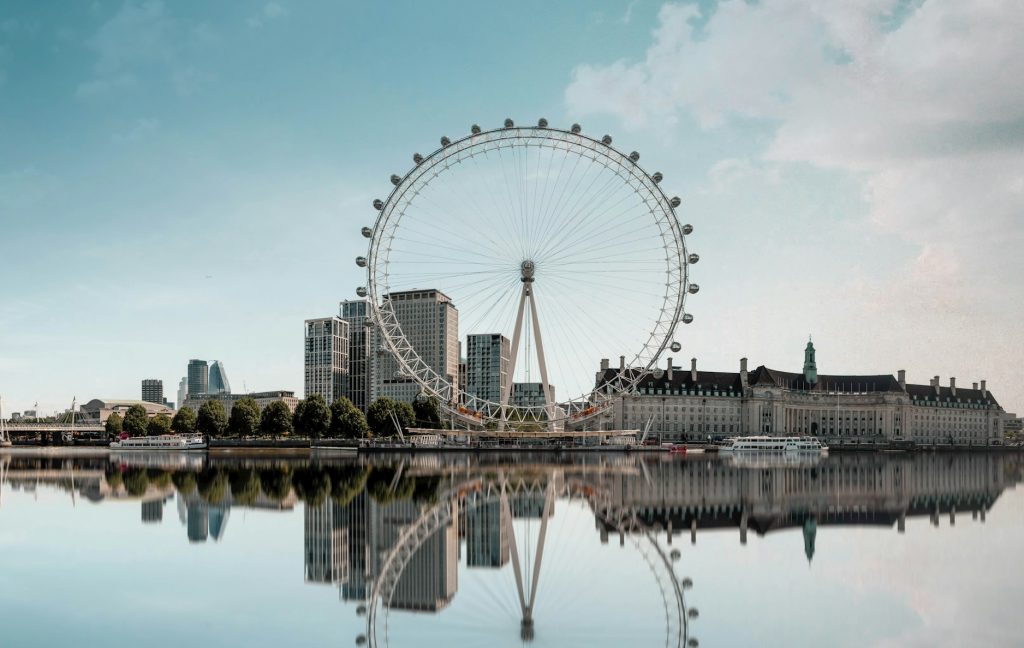
Average temperature: 70-73 degrees, though temperatures have been increasing these past few years
Crowd size: Summer isn’t the best time to travel to London if you don’t like long lines and crowded museums. From the start of June until the end of August is when most people take vacation, so it’s notorious for being the height of London’s tourist season.
Best tour for the season: The best time to travel to London for good weather is definitely in the summer, and you should take advantage of the warm sunny days with a London walking tour. You’ll see all the highlights of the city on foot, including the famous Changing of the Guard ceremony.
Travel tip: Long summer days are perfect for perusing London’s local markets. From street food to vintage clothes to people watching, you’ll want to spend a day trying to visit them all.
Summer in London means sunny days that locals rarely get to enjoy throughout the year. You’ll find them outside enjoying the good weather in the city’s many parks, walking along the canals, or having fun at music and other festivals.
Tip for packing: In summer, London trades the rain for weather that’s sometimes humid and muggy, so be sure to bring light clothing that won’t cling to you while walking around.
Starting in June, music festivals where you can dance, listen to, and sing along with any type of music you like happen every day. The most colorful of these festivals is the Notting Hill Carnival, a celebration of Calypso and Caribbean music that happens every August in the neighborhood best known for the 1999 film of the same name. Often compared to the Rio Carnival, this vibrant event is open to everyone.
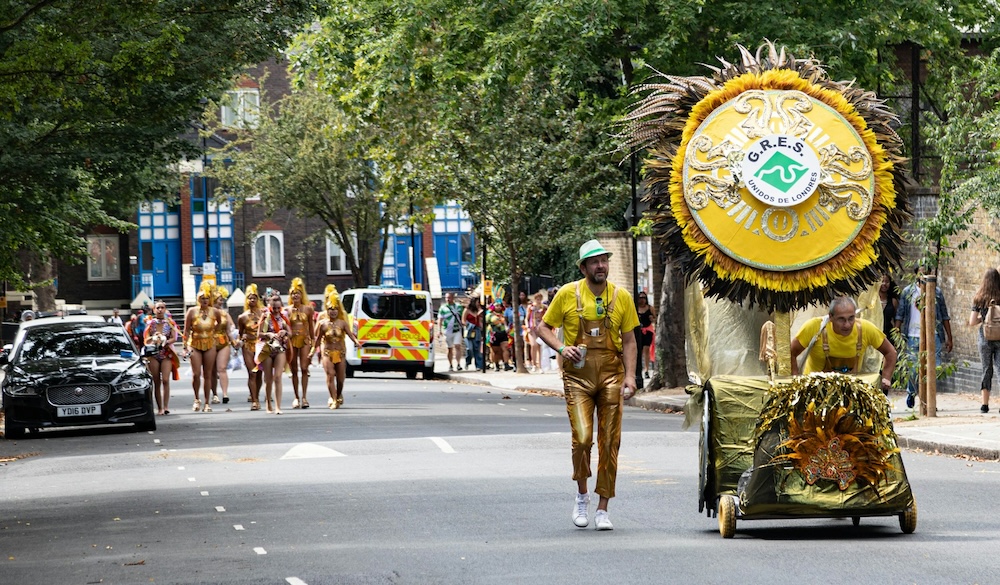
July in London is dominated by Wimbledon, the oldest and most prestigious tennis tournament in the world. Each year, thousands of people come to London to attend the event, including celebrities and Royal family members who have their own box. Ticket prices vary based on where you sit, and you can purchase them before the games on the official website.
The worst part about visiting London in the summer is, you guessed it, the crowds. While you get the best weather in June, July, and August, you’ll be battling long queues everywhere you go. Definitely book your tours in advance, and consider getting skip-the-line access for landmarks that offer it.
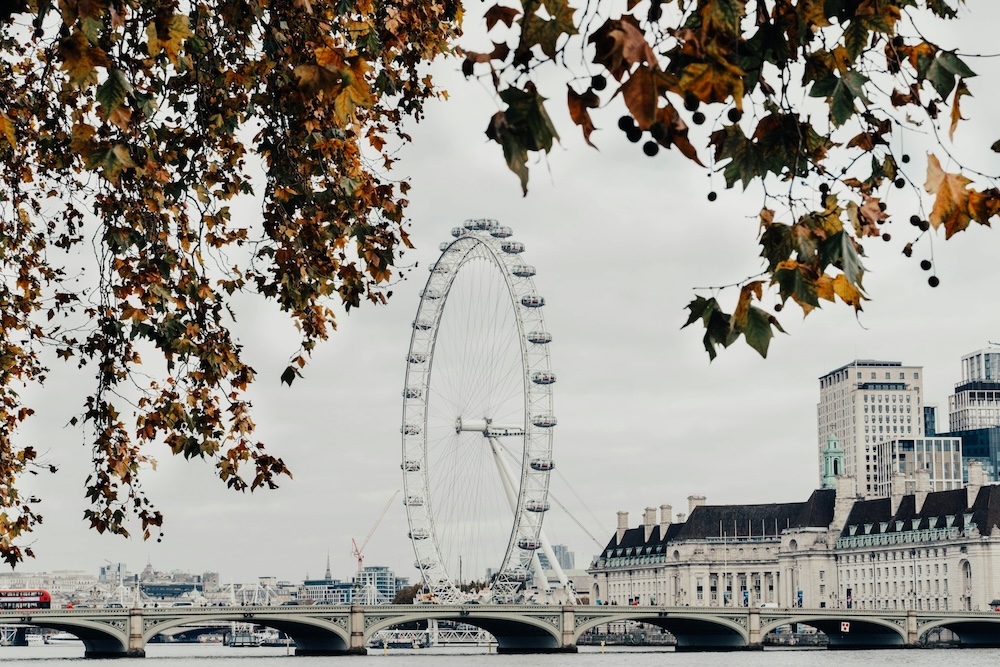
Average temperature: 54-68 degrees
Crowd size: September through mid-October is a shoulder season, so the number of tourists visiting the capital will drop dramatically after the summer.
Best tour for the season: Ready for a magical journey? You’ll want to book our Harry Potter tour for a chance to see all the props, sets, and costumes used to bring the world of Hogwarts to life.
Travel tip: Pack your umbrella and check the weather before venturing out for a day of sightseeing. It might be a one of the most common London myths that the city is always gray and rainy, but autumn is known for being wet.
Autumn brings orange and brown foliage to London’s parks, lower prices for flights and hotels, and fewer crowds at the city’s top attractions. And while the occasional rain shower is to be expected, being outdoors to enjoy a cruise down the River Thames or eat your way through Borough Market is still possible.
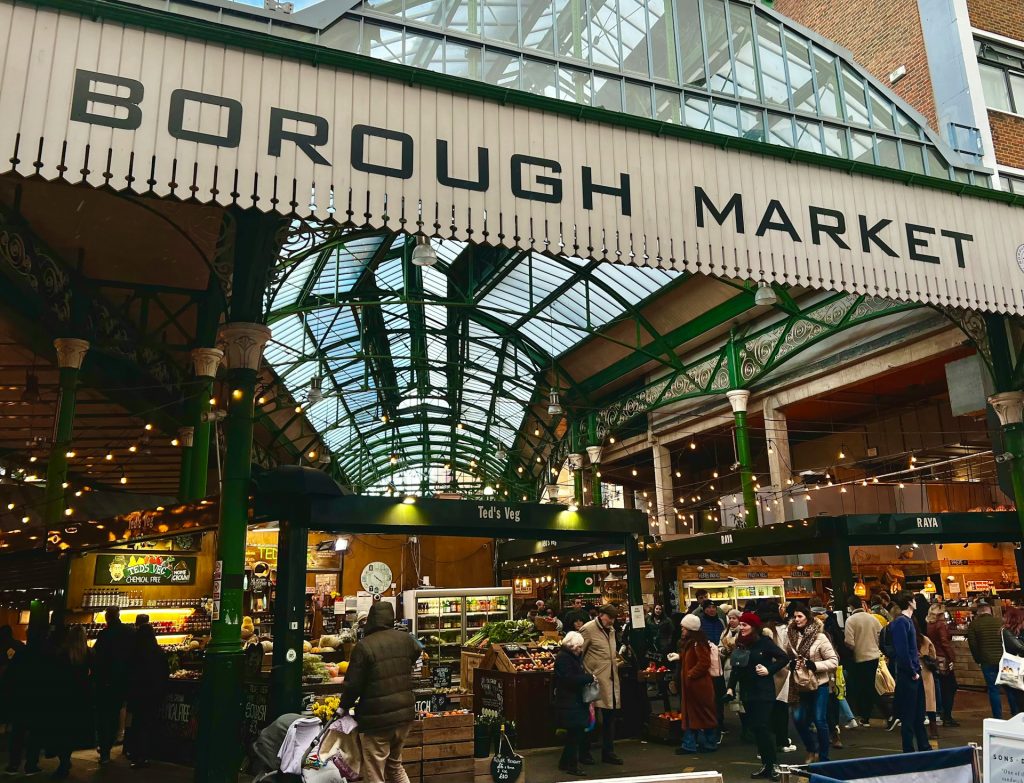
This time of year also has its fair share of festivals with the London Design Festival in September, London Restaurant Festival in October, and Jazz Festival in November. If you are planning your trip for November, then remember Nov. 5. It’s known as Bonfire Night — an annual commemoration of the night Guy Fawkes attempted to blow up the House of Lords — and is celebrated with huge firework displays in various parks around the city.
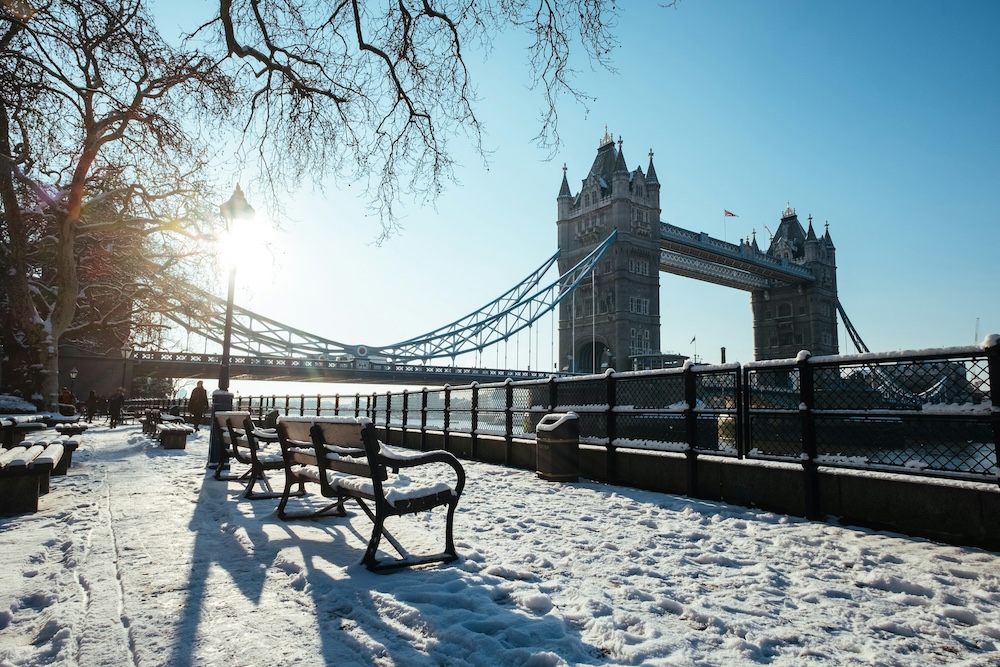
Average temperature: 41-48 degrees
Crowd size: Not many tourists venture to London in the winter due to the cold and rainy climate, so it’s really the perfect time to visit if you want to feel like you’re sightseeing on your own.
Best tour for the season: Take the London Borough Market Food Tour during the holidays to see its arches decked out with lights and decorations, while your tour guide introduces you to iconic British bites.
Travel tip: During November and December, you’ll find plenty of Christmas festivities throughout the city. For the rest of the winter months, keep warm by visiting a museum or seeing a show on London’s West End.
The cold and rainy London winter makes it the best or worst time to visit depending on how you look at it. It’s not the best weather for sightseeing, but you won’t have to worry about booking tickets in advance or dealing with large crowds. During the holidays, London also gains a festive spirit that makes the shorter daylight hours and chilly temperatures bearable.

Venture to any of the Christmas markets around the city to find unique items at the different stalls. Winter Wonderland in Hyde Park is one of London’s biggest Christmas markets, and it’s the best way to soak up the holiday atmosphere with an ice skating rink, observation wheel, and holiday shows.
Ringing in the New Year in London? Don’t miss the New Year’s Eve fireworks near the London Eye. Tickets are required, so you’ll want to get those in advance.
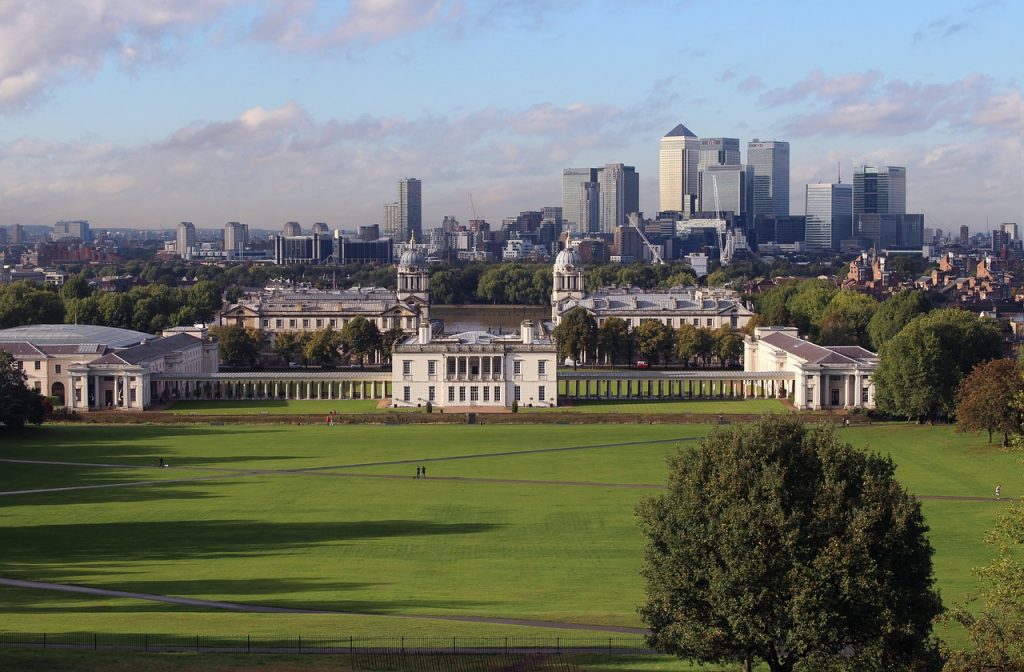
Hordes of tourists flock to London in the summer to take advantage of the good weather for sightseeing, cruising down the River Thames, rooftop bars, and strolling through beautiful green parks. But if you want to avoid the crowds and don’t mind carrying an umbrella around like a real Londoner, the best times to visit are the shoulder seasons from April to May or September to October.
Travel tip: Taking a summer vacation to London? One good way to avoid crowds is to plan a day trip outside of the city to somewhere like Windsor or Eton, which are both easily accessible by train.
Once you’ve taken the royal tour of London and have seen all the London highlights, you can explore some of the neighborhoods that are less crowded in the spring and autumn. Add these three stops to your itinerary:
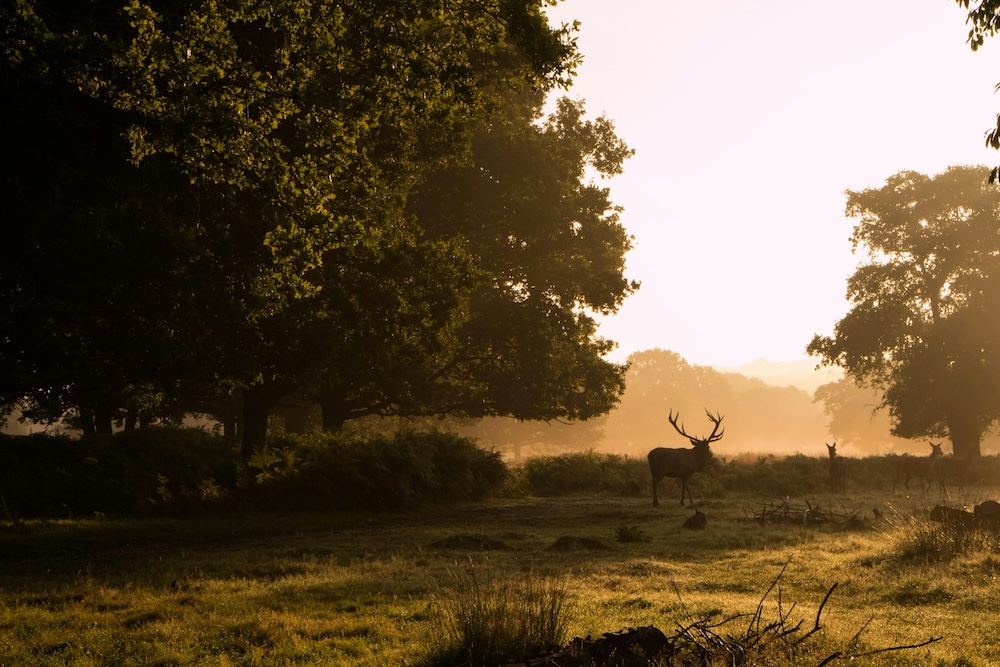
London’s low season, which goes from late October until March, is when you’ll find the best bargains on everything from hotels to attractions compared to peak season prices. The cheapest times to visit London for budget travelers are November and February when it’s easy to secure deals for flights and accommodations.
January and February are the cheapest months to get London theater tickets through their annual New Year sale. For select shows, you can find tickets for as little as £10. You’ll also want to take advantage of winter sales, which start on Boxing Day (Dec. 26) and run through the middle of January, at many department stores and shopping centers around London.
It depends on who you ask, but the most popular times to visit London also happen to be the worst times for your wallet and crowds. The weather is another issue, as climate change has made July and August muggy and unbearable. Tourists who are used to air conditioning might find it hard to adjust to the summer temperatures, especially in the crowded underground trains.
The December holiday period is also notorious for a spike in prices, long lines at popular attractions, and fully-booked accommodations. While London is beautiful when it’s decorated for Christmas, the high prices and long waits might ruin your holiday spirit.
But for all their drawbacks, these peak seasons are filled with different festivals and events to make your trip to London an incredible one.
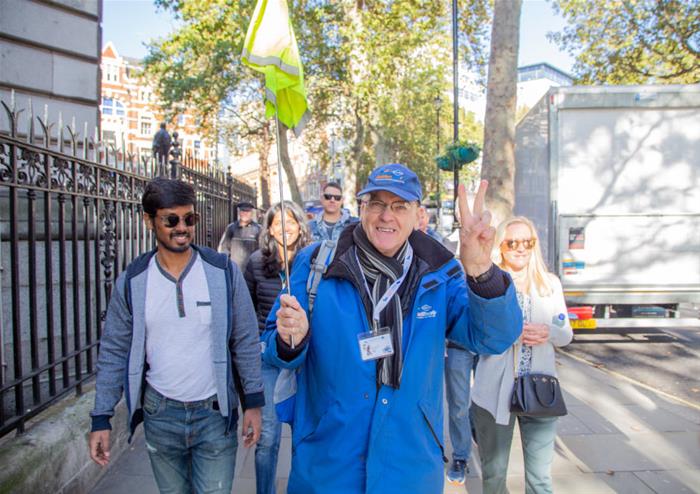
London is a vibrant city that can be enjoyed all year long. The best way to experience its cultural richness and beautiful sights is to immerse yourself in what makes London “London.” These expert-led tours will help you do just that:
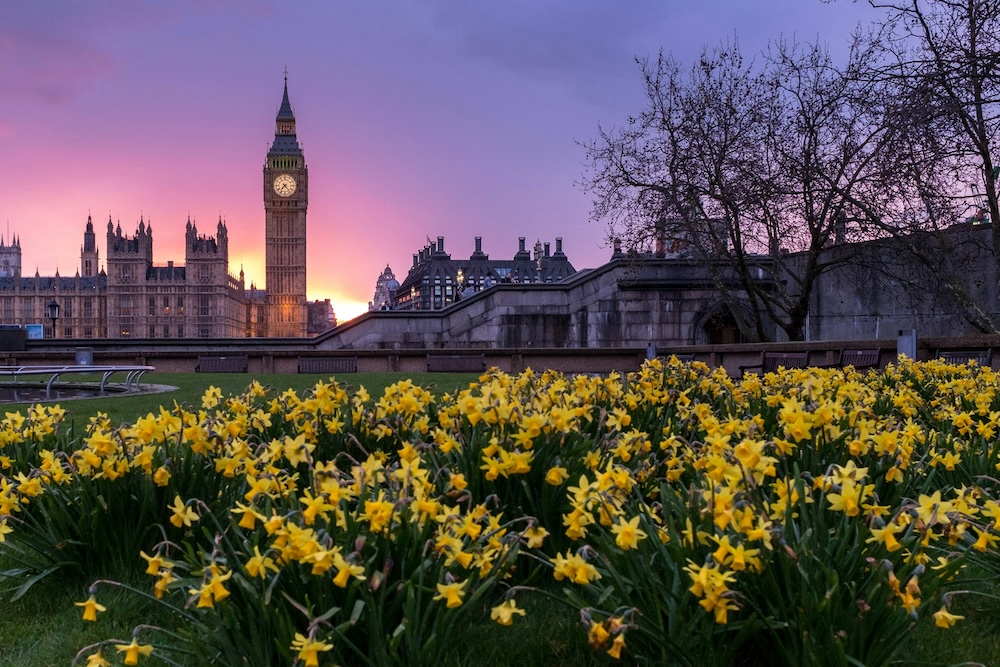
So, which season will you choose for your trip to London? The crowded but sunny summer months? The full bloom of spring? The rainy autumn? The festive holiday season? There’s no wrong answer!
The best time to visit London is the one that suits your preferences, your budget, and the experiences you want to have. But there’s no reason to plan every part of your trip alone. With our London tours, you’ll have expert guides to show you the best way to see the city and have a truly immersive experience.
 Visiting London’s Landmarks: Tips for an Unforgettable Journey
Visiting London’s Landmarks: Tips for an Unforgettable Journey
The pressure to plan an unforgettable trip to London can be overwhelming, especially if it’s your first visit. From Buckingham Palace to St.…
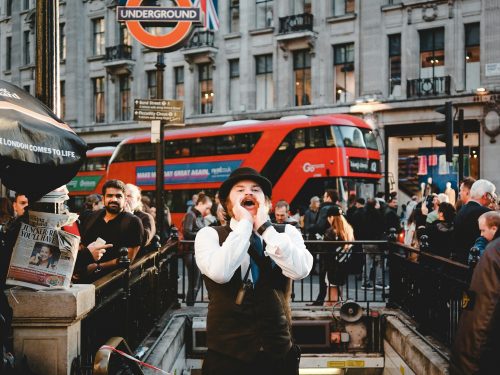 Meet the Real London: Locals Debunk 10 Myths About London
Meet the Real London: Locals Debunk 10 Myths About London
When it comes to myths about London, locals often say the same ones (no, it’s not always gray and rainy here), but there…
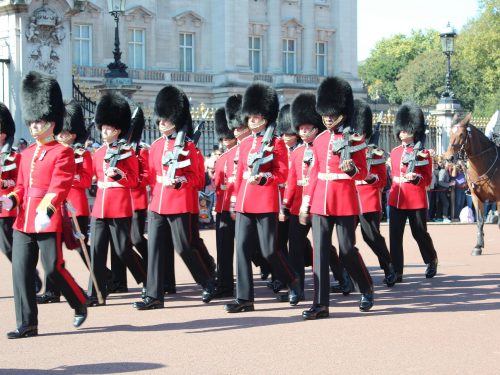 Where To See the Changing of the Guard in England
Where To See the Changing of the Guard in England
You can’t get more English or more royal than the Changing of the Guard. It’s a spectacular event full of tradition and history,…